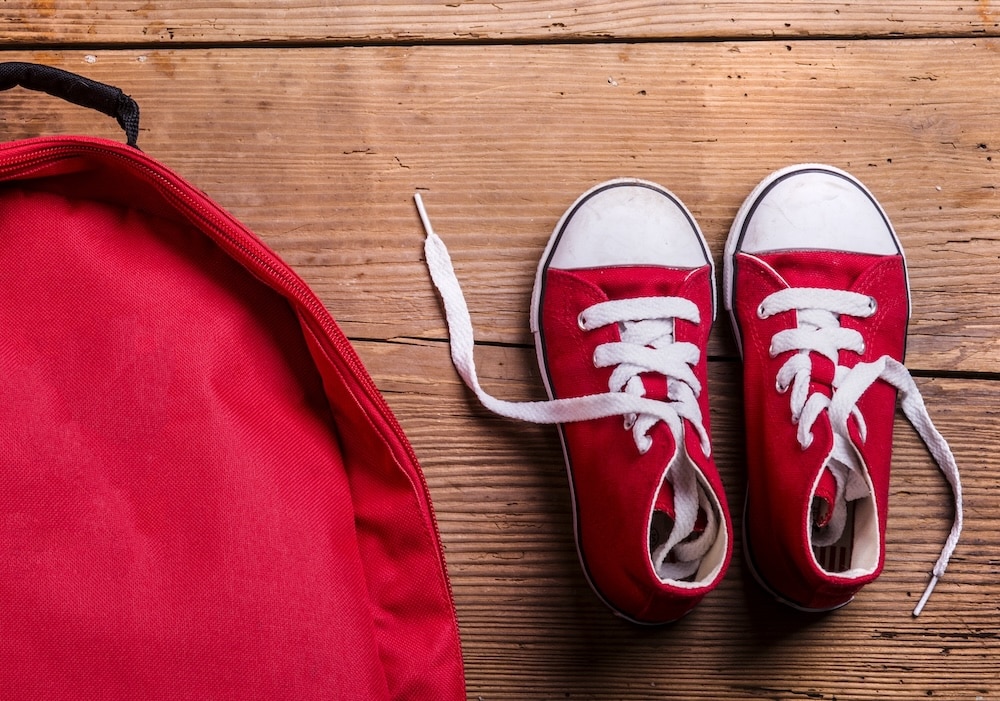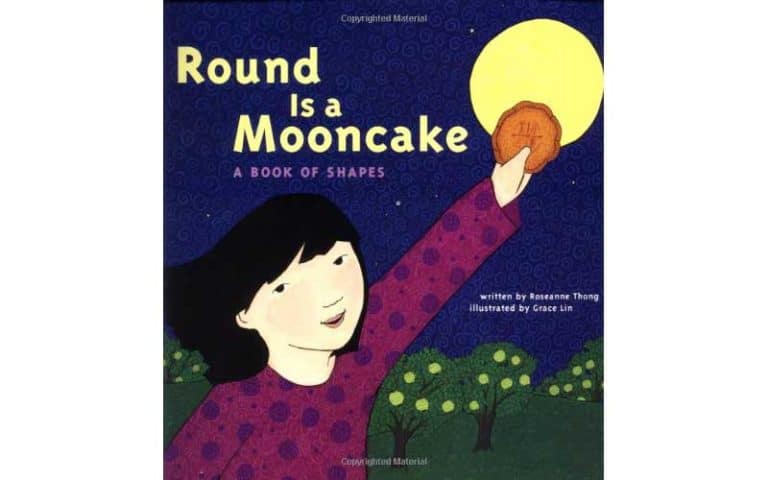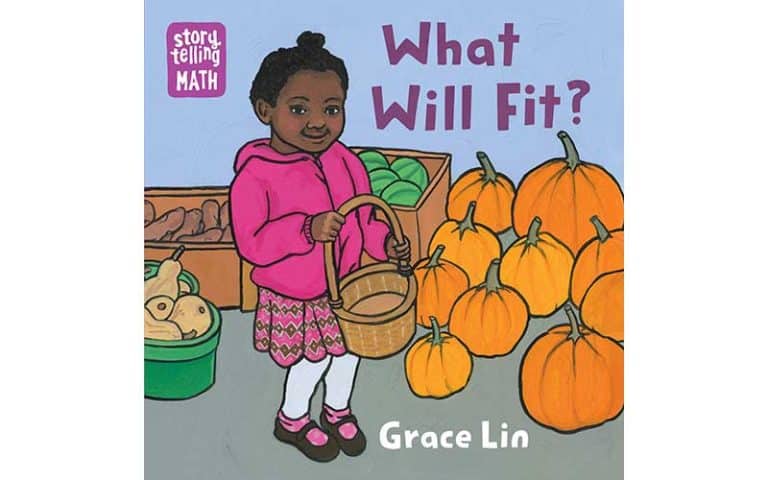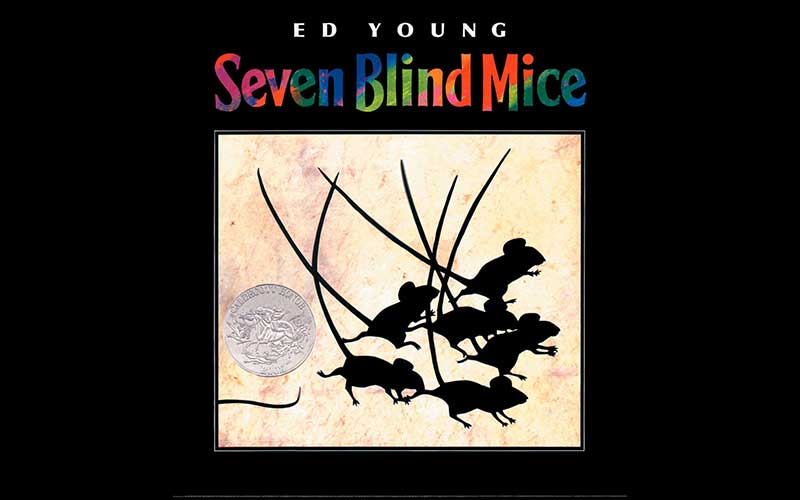TAKE-HOME STRATEGY
Supporting Geometry and Spatial Sense at Home

What It's About
Geometry includes recognizing shapes by name and learning their characteristics. For example, your child may begin to recognize that a square is a shape and that it has 4 sides of equal length and 4 equal angles. Spatial sense is all about position and direction in space. For example, your child may understand the positions of objects such as: the rug is under the table, or the chair is next to the table.
You can support your child’s Geometry and Spatial Sense skills by talking about shapes of objects or pictures and encouraging children to identify the position of objects or themselves in space.
Here are some ways you can support Geometry and Spatial Sense at home. Keep in mind that you can change these activities to work for you and your child, based on their current abilities, interests, and what you have available at home. Make sure to use safe materials and watch your child closely during these activities.
Take a look, and try out your favorites!
Let's Build
Make a Shape
Shape Hunt
Dance Party
Geometric Art
Table Shapes
Quick Cues for Supporting Geometry and Spatial Sense
Some things you might do or say to help strengthen your child’s Geometry and Spatial Sense
Label
Point out shapes and where things are in space.
This can sound like:
“Uh oh! The ball rolled under the shelf (point).”
“Your lunch box looks like a rectangle! A rectangle has two long sides (point) and two short sides (point).”
“Look, the window is a square. I see four sides that are all the same size (point).”
Encourage Your Child to Identify Shapes
Ask them to find, name, and describe shapes.
This can sound like:
“We need a circle to fit here. Which one is the circle?”
“Do you know what we call this kind of shape?”
“How do you know it’s a triangle?”
Encourage Your Child to Identify Position
Explore how or where things are positioned in space.
This can sound like:
“I can’t find my other shoe. Do you see it? Oh yes, you pointed beside the vacuum!”
“This is a tricky puzzle! I know that my piece goes somewhere in here. Hmm, can you show me where it should go?”
“It’s time to set the table for our fancy lunch. If our forks are supposed to go next to our plates, can you show me where they should go?”
Our Book Recommendations for Geometry and Spatial Sense
Engaging stories that support children’s Geometry skills

Round is a Mooncake
Written by Roseanne Thong and illustrated by Grace Lin, this story follows a child as they explore shapes in their neighborhood, as well as the shapes in the food and traditions of their Chinese culture.
Have fun with it:
Talk about the foods you eat at home and describe them using shape properties such as straight, curved, even, rounded, pointed, number of sides, shape names, etc.

Animal Shapes
Written and illustrated by Christopher Silas Neal, this book explores the silly and unexpected possibilities that can come from combining animals with common shapes.
Have fun with it:
Go outside and look for shapes in natural objects, animals, signs, and buildings. Talk about their properties such as the shape names, number of sides, length of shapes, etc.
Engaging stories that support children’s Spatial Sense

What Will Fit?
Written and illustrated by Grace Lin, this book explores the sizes and positions of fruits and vegetables as a child tries to find the perfect food to fit inside their shopping basket.
Have fun with it:
Find a basket or other container at home. Help your child find items that will or will not fit inside.

Seven Blind Mice
Written and illustrated by Ed Young, this book follows mice as they climb up, over, and around to each discover a small piece of a big mystery.
Have fun with it:
Set up an obstacle course using pillows, boxes, or furniture from around your home. Use position words such as in, on, under, over, below, beside, etc., to describe your child’s body movement and positions as they move through the obstacles.
More Strategies
We’re creating a library of resources like these so families can quickly and easily promote children’s development at home. Be sure to see all the strategies we have available!

